Transformation in prisons and the essence of real change were the focal points of Mount Tamalpais College’s Community Dialogue held on June 13. This event featured key leaders from San Quentin – MTC President Jody Lewen, Former wardens Ronald Broomfield and Robert Ayers, and former Public Information Officer Samuel Robinson – and me, an MTC alumnus. It was both educational and inspiring, emphasizing the complex nature of real change within San Quentin.
During my 14-year incarceration at San Quentin, I observed substantial changes and had meaningful conversations about growth. The old education building was replaced by a medical center, and “medium A custody inmates” were relocated to other prisons and states. Influential figures like Robert Ayers and Ronald Broomfield created spaces that encouraged individuality and growth. Meanwhile, Sam Robinson and Jody Lewen worked diligently to prevent unnecessary transfers, exemplifying the essence of transformation.
Real change in prison is intricate, similar to geography more than science. It involves numerous dynamic elements, with behavior and trust being the most challenging aspects to address for creating a positive environment. Inclusivity is vital, and I helped establish a platform for incarcerated individuals to express their opinions through the San Quentin News Media Center. Transformation, I believe, relies on trust and transparency among all parties.
During my incarceration, a sense of camaraderie was prevalent, largely due to the safe environment fostered by Mount Tamalpais College (MTC). This environment allowed individuals to be themselves without the pressure from those resistant to change, making education the driving force behind growth and transformation.
We all understand that change in a prison setting involves everyone, including correctional officers, striving for positive growth collectively rather than individually. Effective leaders in prison should stand firm on morals and challenge the status quo. Ronald Broomfield, for instance, aimed to create an honor building to set good examples for others. Transformation requires community and stakeholder support to drive meaningful change.
A common misconception is that the Department of Corrections alone is responsible for rehabilitation. As someone who has spent close to 30 years in prison, I am also responsible for setting better examples. In reality, it is the inclusive and effective individuals within the system who drive personal growth and change, not just programs or groups.
Many worry that change might lead to higher crime rates upon release, posing a threat to community safety. However, this concern often neglects the potential for positive transformation through comprehensive support and rehabilitation. Successful prison reform requires community involvement and societal transparency, which helps bridge the gaps between incarcerated and non-incarcerated individuals. Facilitating more community dialogues with real stakeholders can drive positive change. Real progress can only be achieved when the broader community engages in the process and comprehends its complexities and nuances.
The dialogue and insights shared at the event underscore the importance of holistic approaches to prison transformation. Personal stories and discussions about environmental and behavioral impacts highlighted the profound effect of genuine transformation, fostering growth and positive change when applied correctly.
You can watch and share the full conversation here.











